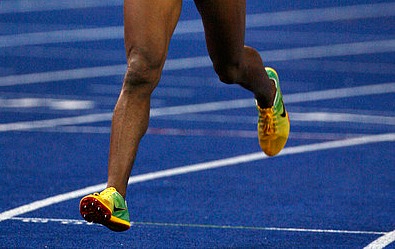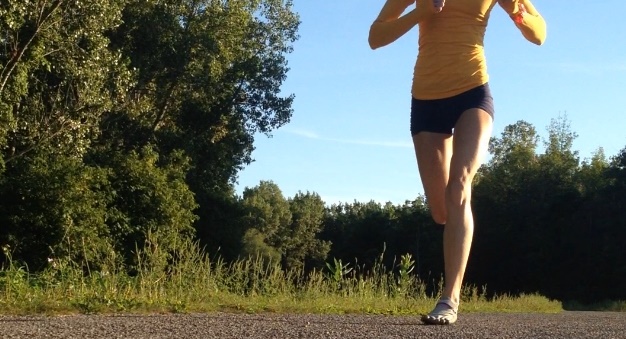The proper forefoot striking running style involves more than just landing on your forefoot. I recently read an article in Runner’s World and the article concluded that heel striking is more efficient than forefoot running, or one foot strike is not efficient over the other.
Yet, if you look closely at the studies that derived such conclusions, you will discover that the runners who switched from heel striking to forefoot running did so without proper instruction. The only change in their mechanics was in the foot strike technique and this is a big problem because forefoot running differs biomechanically globally than heel striking.
Switching to Forefoot Striking is Best, If Learned Properly
Most studies claiming that switching to forefoot running is efficient than heel striking involved participants who switched to forefoot running under guided instruction, usually with POSE Running, Chi Running, or from Dr. Lieberman’s work on barefoot running.

Other work however, solely focused on changing foot strike technique without changing other related-mechanical parameters such as knee flexion or torso posture.
Therefore, if a heel striker adopted a forefoot strike without learning other mechanical aspects that accompany a forefoot strike, the forefoot running technique would be performed incorrectly and in this case, switching to forefoot running would have no clear mechanical advantage.
In fact, Sterne et al., (2014) concluded that switching from a heel strike to a forefoot strike may be detrimental to overall performance because forefoot running was more metabolically demanding.
However, the researchers asked heel striking participants to land on their forefoot while all other mechanical parameters of forefoot running such as leaning forward, landing lightly, and shortening stride was neglected. And, the forefoot running technique was learned under shod conditions, not under barefoot conditions which is strongly recommended.
- Forefoot running is inefficient if an habitual heel striker switches to forefoot running, but replicates joint dynamics of heel strike running.
In this case, forefoot running will not only be less efficient, but will not lower injury susceptibility such as runners knee.

Habitual heel strikers and forefoot strikers move completely different from head-to-toe. A heel striker switching to forefoot running must also switch their global biomechanics aside from switching foot strike technique.
Just because an habitual heel strike starts landing on the forefoot, does not automatically trigger other biomechanical changes that relate to forefoot running. Again, Sterne et al., (2014) found that it is highly possible for forefoot runners to replicate all joint mechanical characteristics of the heel strike running style -this is very bad, when newbie forefoot runners run with their ol’ heel striking habits, be prepared for injury and poor performance.
More From Run Forefoot:
Best Books on Barefoot Running
Best Shoe for Forefoot Striking
References:
Sterne et al. Joint kinetics rearfoot versus forefoot running: implications of switching technique. Med Sci Sports Exerc, 2014; 46(8);1578–1587.
Bretta Riches
BSc Neurobiology; MSc Biomechanics candidate, ultra minimalist runner & founder of RunForefoot. I was a heel striker, always injured. I was inspired by the great Tirunesh Dibaba to try forefoot running. Now, I'm injury free. This is why I launched Run Forefoot, to advocate the health & performance benefits of forefoot running and to raise awareness on the dangers of heel striking, because the world needs to know.
Latest posts by Bretta Riches (see all)
- Does Foot Strike Really Matter in Running? YES! - 17/04/2024
- Heel Lifts Increase Injury in Runners - 16/04/2024
- Are Minimalist Shoes Good for Seniors? YES! - 14/04/2024


Leave a Reply